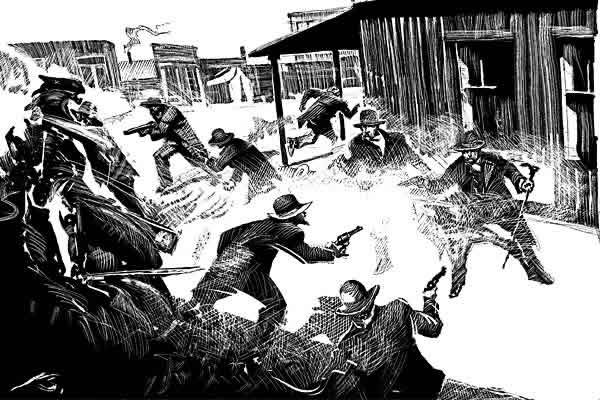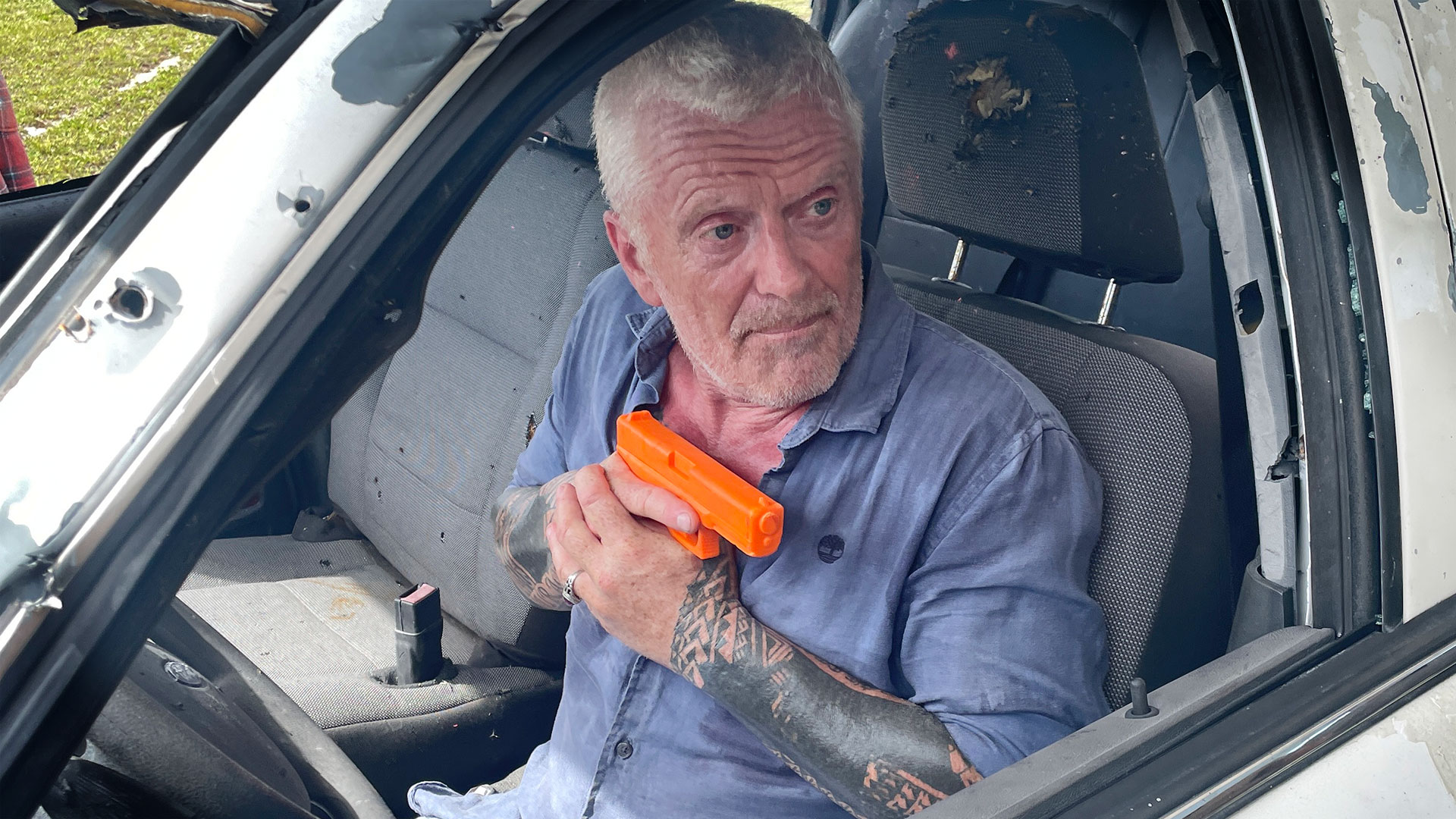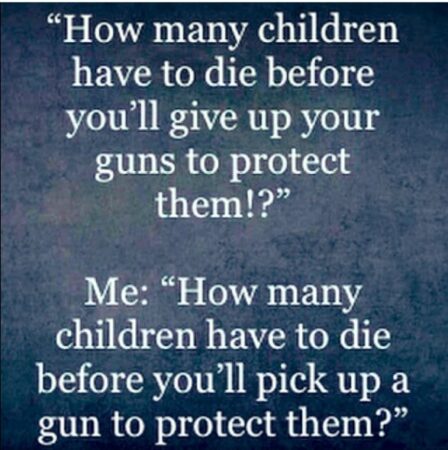St. Louis and D.C. Show Gun Control Isn’t About Public Safety
With many prominent government officials exhibiting a flagrant indifference to violent crime, it’s getting harder for anti-gun politicians to pretend that their gun control schemes are anything other than a means to harass law-abiding gun owners. Recent incidents from anti-gun jurisdictions St. Louis and the District of Columbia further illustrate this point.
According to the station, Jones texted her father, “Chicago has strict gun laws as well but that doesn’t deter gun violence.” Jones put more faith in social programs, texting, “It’s about investing in the people.”
These once-private comments are a stark contrast to Jones’ public statements and actions. Jones is a co-chair of billionaire Michael Bloomberg front-group Mayor’s Against Illegal Guns (MAIG). MAIG, along with Moms Demand Action, are part of the Bloomberg gun control conglomerate Everytown for Gun Safety.
The mayor also supported a “federal Red Flag law.” As enacted, red flag laws empower the government to confiscate a law-abiding person’s firearms without due process.
As NRA-ILA has repeatedly pointed out, despite having some of the strictest gun laws in the nation, the District of Columbia has exhibited little interest in prosecuting those who misuse firearms.
A December 2021 study from the federal enclave’s Criminal Justice Coordinating Council and the Metropolitan Police Department (MPD) found that “In Washington, DC, most gun violence is tightly concentrated.” The report went on to explain,
This small number of very high risk individuals are identifiable, their violence is predictable, and therefore it is preventable. Based on the assessment of data and the series of interviews conducted, [National Institute for Criminal Justice Reform] estimates that within a year, there are at least 500 identifiable people who rise to this level of very high risk, and likely no more than 200 at any one given time. These individuals comprise approximately 60-70% of all gun violence in the District.
According to the report, “Approximately 86 percent of homicide victims and suspects were known to the criminal justice system prior to the incident. Among all victims and suspects, about 46 percent had been previously incarcerated.” Further, “most victims and suspects with prior criminal offenses had been arrested about 11 times for about 13 different offenses by the time of the homicide.”
Data in a 2023 D.C. Sentencing Commission report revealed that out of a total of 5,558 MPD arrests for carrying a pistol without a license (CPWL) made between 2018 and 2022, 56.6% (3,146 cases) were “no papered” (“the prosecuting authority… elected not to immediately file charges in Superior Court related to the arrest”) or were closed without a conviction. Only 97 cases (1.74%) ultimately resulted in a prison sentence. The figures on arrests and dispositions for “unlawful possession of a firearm” (UPF) offenses show the odds in favor of lawbreakers were pretty good, too. Out of 2,149 total arrests made for UPF crimes in the same time period, the majority (62.6%, or 1,346 cases) were “no papered” or closed without a conviction. Of the remaining cases that resulted in a conviction and sentencing for UPF, only 14.5% (312 cases) concluded with the offender behind bars.
Sometimes an individual case can illustrate an issue better than a mountain of statistics.
On July 5, a high school social studies teacher visiting the federal enclave from Kentucky was shot to death on Catholic University’s campus during a robbery. At least some of the incident was captured by surveillance cameras. Police announced on July 11 that they had arrested a suspect in the case. Further, police say that they have matched the suspect’s DNA to a ski mask found at the scene of the crime.
Reporting on the suspect’s criminal record, Washington, D.C.’s NBC affiliate noted, “Public records show [the suspect] has a lengthy criminal history. He was arrested five times since 2019 and was convicted of carrying a pistol without a license, burglary and threats.”
The Washington Post elaborated, reporting,
D.C. police arrested [the suspect] during a traffic stop in 2019 and charged him with having an illegal firearm after finding a .40-caliber Glock loaded with 15 hollow-point bullets tucked under a sweater.
Court records show he pleaded guilty to carrying an unlicensed gun and was sentenced to probation, with a one-year prison term suspended. Those records show he violated the terms of his release and in 2020 was resentenced to six months in jail.
Authorities said that after his release, he continued to violate his release conditions, alleging that he failed to report to the probation office, among other issues. A hearing on those violations is scheduled for July 18.
Washington, D.C.’s FOX affiliate shared more details on a pair of 2022 incidents involving the suspect, reporting,
In May 2022 [the suspect] was charged after getting into a shootout with a neighbor and in August 2022, he was arrested with making threats of bodily harm to a 7-Eleven employee. He was convicted in March 2022 and released.
In the shootout case, investigators say an unregistered Ghost Gun was used. However, the U.S. Attorney’s Office for D.C. essentially dropped charges against [the suspect] after his attorney argued [the suspect] fired at his neighbor in self-defense. Charges were dropped in June, but a trial date had been set for July 10 — five days after Emerson was killed.
Targeting so-called “ghost guns” was purportedly so important to Mayor Muriel Bowser that in 2020 the District of Columbia enacted “Emergency Ghost Gun Legislation.”
The recent episodes in St. Louis and Washington, D.C. make clear that decisions to push gun control have little to do with public safety. Gun control offers unscrupulous politicians and their supporters a way to deflect from the repercussions of their own woeful mismanagement while often targeting the constituents of their political rivals.



 Gov. Greg Abbott signs new law mandating armed security at all Texas schools
Gov. Greg Abbott signs new law mandating armed security at all Texas schools